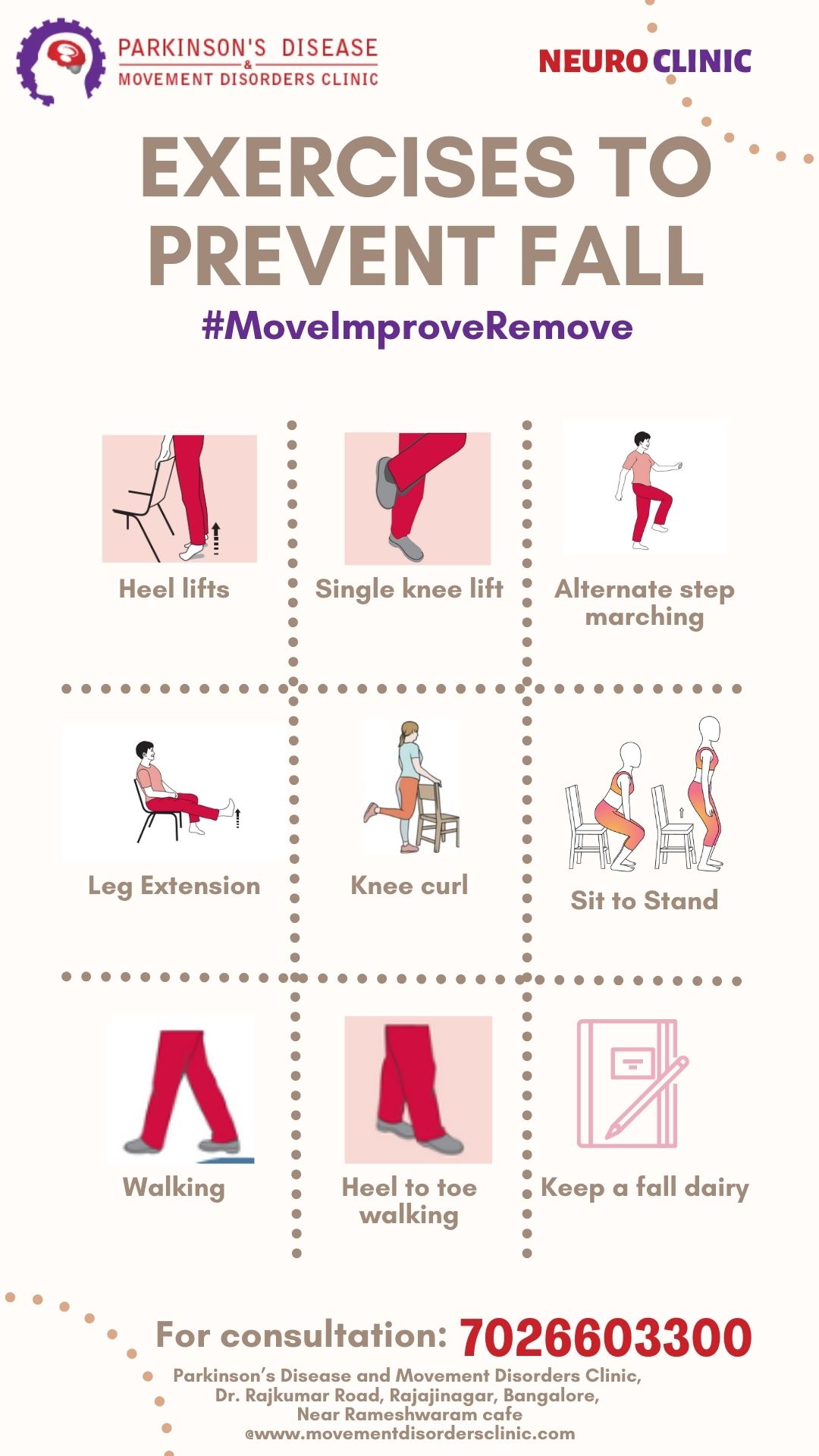Stay Strong, Stay Safe: Essential Falls Prevention Strategies for Older Adults
Falls prevention is a critical aspect of healthcare for older adults and aging related disorders like Parkinson’s Disease, Arthritis, Dementia to name a few. It involves a multifaceted approach encompassing exercise, home safety, regular health checkups, and more. The World guidelines for falls prevention and management for older adults: a global initiative, published on the National Center for Biotechnology Information (NCBI) website, provides evidence- and expert consensus-based recommendations applicable to older adults. These guidelines emphasize a person-centered approach, considering the perspectives of older adults, caregivers, and other stakeholders. They also address the challenges of implementing falls prevention guidelines in low- and middle-income countries (LMIC) and the importance of feedback from older adults to tailor the guidelines to their needs
Falls Prevention Techniques:
Falls prevention techniques are essential for older adults to maintain their independence and avoid injuries. Here are some elaborative techniques from the search results:
- Exercise and Physical Activity: Regular physical activity can improve strength, balance, coordination, and flexibility, reducing the risk of falls. Activities such as walking, water workouts, or tai chi are recommended
- Home Safety: Removing home hazards such as clutter, loose rugs, and poor lighting can prevent falls. Installing grab bars in bathrooms and handrails on stairs can also help
- Regular Health Checkups: Regular health checkups can help assess fall risk, manage medications, and recommend vitamin D supplements
- Occupational Therapy: An occupational therapist can help older adults brainstorm other fall prevention strategies and create a custom exercise program aimed at improving balance, flexibility, and muscle strength
- Footwear: Wearing sensible shoes with good support and non-slip soles can help prevent falls
- Vision: Regular eye checkups can help detect vision problems that increase the risk of falls
- Medication Review: Reviewing medications with a healthcare provider can help identify those that increase the risk of falls and adjust dosages or switch to safer alternatives
- Assistive Devices: Using assistive devices such as canes, walkers, or wheelchairs can help older adults maintain their balance and mobility
By implementing these techniques, older adults can reduce their risk of falls and maintain their independence.
Home Exercises for Falls Prevention :
Comments / suggestions Whatsapp to : +917026603300
Subscribe to our Whatsapp Channel : https://whatsapp.com/channel/0029Va53s2N3bbVCdsUkKz2n



